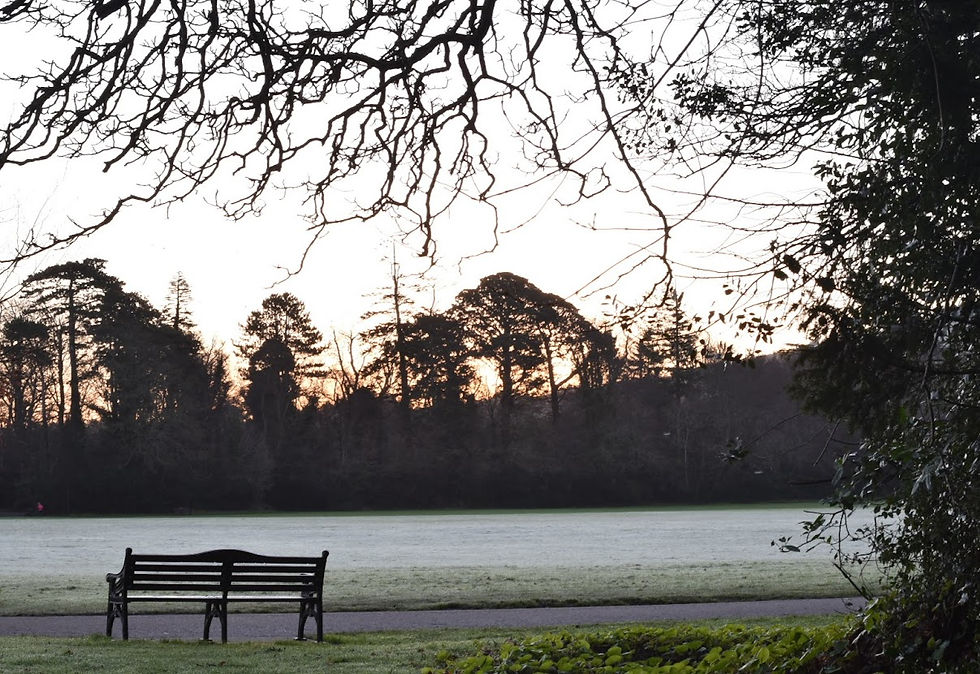Does Every Picture Have to Tell a Story? A Well-Known Photographer Gives His View.
- WildWillowWays

- Feb 3, 2022
- 3 min read
In a recent YouTube video renowned landscape photographer Mads Peter Iversen talks about what he believes is the one thing you always need in a great landscape photo – in his view, it needs to be about something.
Iversen compares the landscape to a theatre stage and says that it’s one thing to take a photo of a stage but you want to have some actors on the stage, for something to go on, and for the audience to not be in doubt as to what they are looking at. There needs to be subject or concept or story to make the stage interesting.
It is the same in photography.
A beautiful vista will make a decent snapshot image, but it will be an empty stage; it will lack something that a photograph needs.
It will lack a specific subject and a story or concept.
It will not be about anything, and a photograph needs to be about something.
It needs to have a reason for being.
For a photograph to succeed, the elements must be thought about. They should all have a reason for being included in the frame, a way in which they contribute to the story.
What kind of stories do landscape elements tell in an image?
The story might be about:
- Size - including a person or an object of familiar size can give a sense of scale in the image and therefore tells a story.
- How the elements change when the light shines on them. Photography is all about capturing great light so including light in our image adds to the story we want to tell. The way you use the available light will have an influence on the story you want to tell.
- Their relationship to other elements in the natural world. Trees standing together, stones, rocks, water all work as subjects or focal points and they may be used to tell the story in our image.

The line up.

Conversations in the forest.
The story might:
- Arise from the position of elements in the frame -

The stone is a main player in the story - it is as though it is watching proceedings from the shore.
- Tell a story in terms of the weather or the season-


- Be a suggestion of something -

Waiting for Daybreak
- Allow the viewer to imagine the story -

Dancing Trees
A leading line will suggest mystery and invite wonder as to where it leads.

Some photographers don’t consider sunrises or sunsets to be subjects in themselves, yet in some ways they do tell a story of what happened in the sky on the particular morning or evening that the image was taken.

Photographer Henry Turner, in his eBook on composition, suggests that composition is what helps us tell the story in our images and he says that all subjects within a frame should generally have a connection or at least a reason for being there.
I try to ask myself these questions when I am taking a photograph -
What am I taking a photograph of?
What is my photograph about?
Does everything in my image have a reason for being there?
Answering these questions helps me to define my subject and ensures that my photograph has a definite reason for being. My photograph can have more than one subject but there should be a reason for anything I include in the frame.
If nothing else, with my images I try to tell the story of a place, a location, and of how I felt when I was there.
I hope these ideas will help you to ensure that your images have a subject, a concept or a story, the essentials for a great photograph.
Further reading
If you would like to read more of Henry Turner's guide to composition, you can download his eBook here at a small cost.






Comments